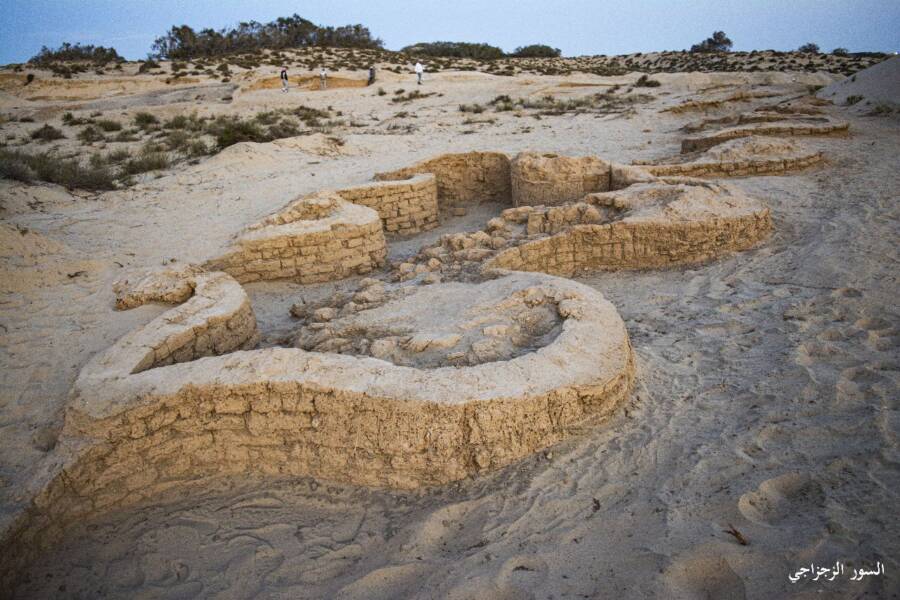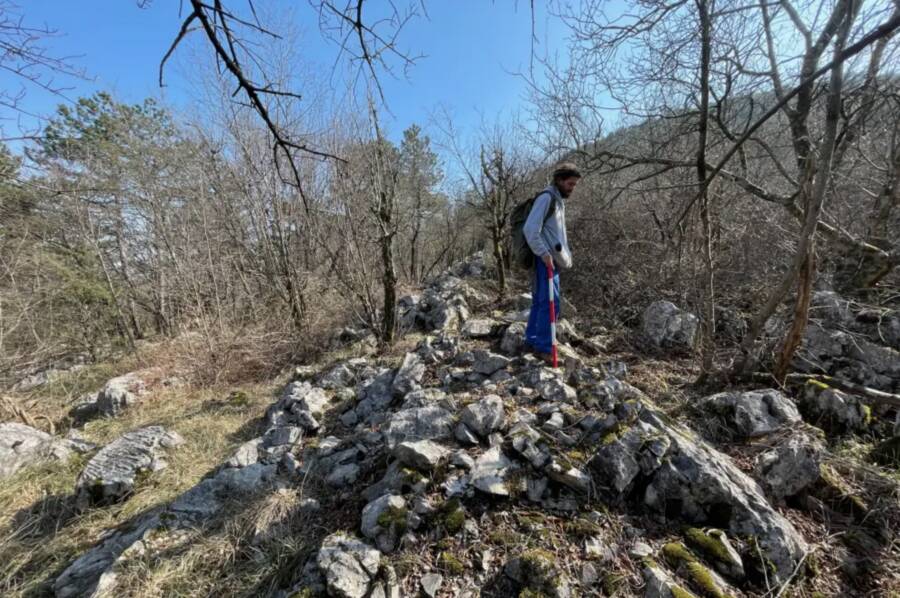Ancient Mystery Unveiled: Oldest Hippopotamus Ivory Artifact Discovered in the Iberian Peninsula Raises New Questions About Early Human Trade and Migration
So here’s a wild one for you: an ancient hippopotamus ivory relic, over 4,000 years old — yeah, you heard me right — found in the Iberian Peninsula, baffling experts since 1977. What’s more intriguing? No one’s got the faintest clue what it was actually used for. Was it some kind of prehistoric idol, a fancy paperweight, or maybe even a bizarre textile tool? The mystery deepens. This tiny, unassuming object is now rewriting what we thought about Copper Age Europe’s trade networks, hinting at a sophisticated Mediterranean exchange nobody saw coming. It’s like discovering your great-great-great-grandpa had the ultimate collector’s item stashed away in the attic — and suddenly, every history book needs a serious update. Curious to dive deeper into this prehistoric whodunit? LEARN MORE
The object, which was originally excavated in 1977, dates back to the Copper Age — and it’s over 4,000 years old.

University of BarcelonaThe object made of hippopotamus ivory, the purpose of which is still unclear.
Researchers have identified the oldest hippopotamus ivory object ever found in the Iberian Peninsula, a 4,000-year-old object that provides new details about long-distance trade networks during Europe’s Copper Age.
The artifact, originally excavated in 1977 from the Copper Age settlement of Bòbila Madurell in Sant Quirze del Vallès near Barcelona, has been re-examined by researchers from the Prehistoric Studies and Research Seminar (SERP) at the University of Barcelona. Their findings were published in the Journal of Archaeological Science: Reports.
Though the object has long been held in the Museu d’Història de Sabadell, experts didn’t realize just how significant it was until now. Since it dates back to a time when hippopotamus ivory was once thought to be unheard of in the region, researchers believe this find can help shed new light on Europe’s Copper Age trade routes.
The Hippopotamus Ivory Object’s Mysterious Function Puzzles Researchers
According to the researchers, the object is just under four inches long, about half an inch wide, and weighs in at 0.38 ounces. Using Fourier transform infrared spectrometry (FTIR) combined with anatomical and taxonomic identification, scientists determined the material came from “a first lower incisor of Hippopotamus amphibius.” Radiocarbon dating places the artifact in the second quarter of the third millennium B.C.E.
Though it’s clear the ivory object is significant due to its age, the exact purpose of the object remains unclear, according to researchers. One proposed theory suggests the piece may have been some kind of “stylized human figurine or idol,” while another theory claims that the object was “linked to textile activity, perhaps a beater.”

University of BarcelonaThe ivory object pre-dates any other artifacts like it found in the Iberian Peninsula.
This textile theory gains support from archaeological context. The hypothesis “is related to the presence of two spindle whorls in the same structure in which it appeared and to the stains of red pigment, made of a mixture of iron oxyhydroxides and an organic binder, such as animal fat,” researchers noted.
In any case, the dating clearly makes this the earliest hippopotamus ivory object ever found in the Iberian Peninsula. While the object’s function is less clear, the mere presence of the artifact indicates the existence of sophisticated trade relationships during Europe’s Copper Age.
How The Artifact Sheds Light On Sophisticated Mediterranean Exchanges During The Copper Age
The discovery provides new insights into prehistoric trade networks across the Mediterranean. “Its analysis provides significant insights into the long-distance networks involved in the trade of ivory, which had been previously established in southern and central Iberia but not in this region,” researchers wrote in the study.
The team noted that while elephant ivory from Africa and Asia has been documented in southern Iberia through North African trade routes, “hippopotamus ivory is rarer and is often dated to later stages.” This makes the dating of the re-examined object particularly significant.
“This object therefore opens the door to consider other distribution routes centered on the north-western Mediterranean, such as those that had operated during the Catalan Middle Neolithic Sepulcres de Fossa (pit graves) culture,” the researchers added.
The artifact joins numerous other exotic materials that traveled vast distances to reach prehistoric Iberia, including Sardinian obsidian, Baltic amber, and elephant ivory.

Wikimedia CommonsHippopotamus amphibius, the same type of hippo from which the ivory was taken.
Evidence from Andalusia from around the time the object was created shows that southern Iberia maintained close contact with North Africa during this period, offering one potential pathway for hippopotamus ivory.
However, the fact that the discovery was made in northeastern Iberia also suggests additional routes in the northwestern Mediterranean, possibly involving maritime connections to the Balearic Islands and Sardinia.
Auto Amazon Links: No products found.















Post Comment